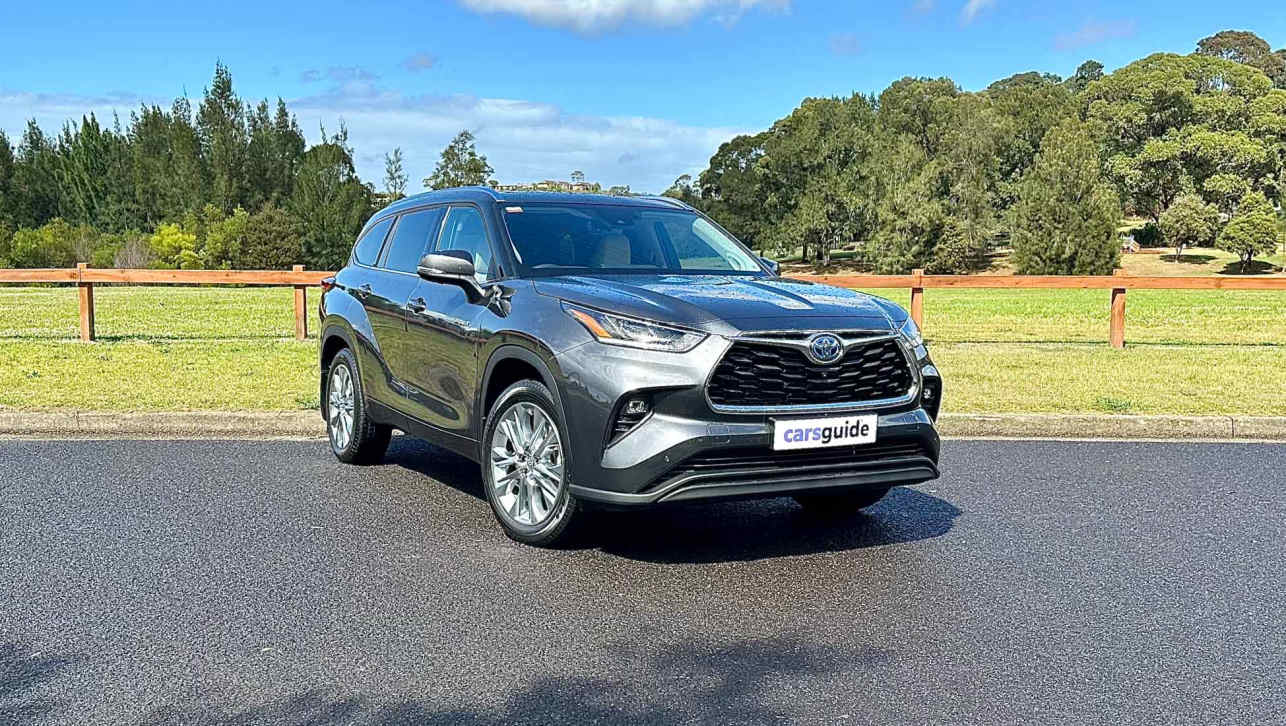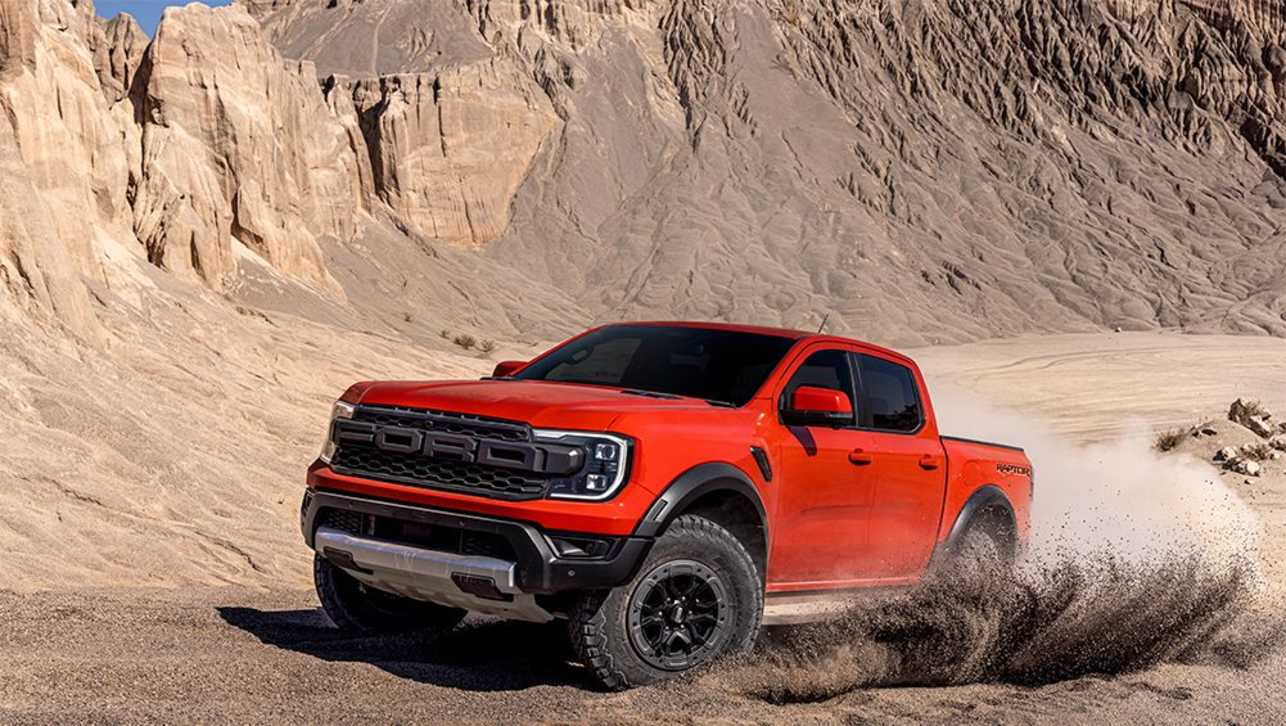Porsche has taken the wraps off its Panamera Sport Turismo – a wagon derivative of the second-generation luxury sedan – some four years after the new body style was first teased in concept form at the Paris motor show in 2012.
Australian deliveries are scheduled to start in November this year, with the five-model range consisting of the 4 which starts from $232,800 before on-road costs, 4 E-Hybrid ($255,800), 4S ($318,100), 4S Diesel ($325,900) and the flagship Turbo ($391,000).
The Sport Turismo line-up is nearly identical to that of the sedan, save for the exception that it is not available in the Panamera's rear-wheel-drive-only base specification level.
Meanwhile, the length (5049mm) and width (1937mm) of the Sport Turismo is unchanged from its donor car, but the wagon's height has increased by 5mm to 1428mm.
From the B-pillar onwards, the new wagon has a redesigned body, including a black, extendible roof-mounted spoiler and a sloping tailgate with wider D-pillars.
Significantly, the roof spoiler will be adjusted in three different scenarios – which are determined by the selected driving mode and current speed – and can generate up to 50kg of downforce over the rear axle.
At speeds of up to 170km/h or 90km/h in Sport and Sport Plus modes respectively, the spoiler will remain retracted but, when these limits are exceeded, it will extend from a negative seven degree angle to plus one degree, which Porsche claims improves driving stability.
Additionally, if the panoramic sunroof is in use, the spoiler's angle will alter to plus 26 degrees at speeds of 90km/h or faster to help reduce in-cabin wind noise.
Seating for rear passengers can be configured in either two or two-plus-one arrangements, with a 40:20:40 split allowing the seats to fold almost flat for a maximum storage capacity of 1390 litres – an additional 50L of extra space over the standard Panamera.
When the rear seats are upright, luggage space is reduced to 520L – still good enough for 20L more than the sedan – but the battery packs inside the 4 E-Hybrid claim 95L worth of the revised volumes.
An optional luggage compartment management system is available to buyers, which includes two rails integrated into the loading floor, four lashing points and a luggage compartment partition net.
Engines offered in the Sport Turismo match those employed by the sedan line-up, which means they range from a 342kW/450Nm 3.0-litre turbocharged V6 in the Panamera 4 all the way up to the 404kW/770Nm 4.0-litre twin-turbo V8 fitted under the Turbo's bonnet.
However, there are increases in fuel consumption across the board of approximately 0.1L/100km on the combined cycle test, except for the 4 E-Hybrid which retains its 2.5L/100km rating.
The German manufacturer is yet to confirm if the Panamera Turbo S E-Hybrid – which was revealed last week – is set to receive the Sport Turismo treatment down the line.
More information on the new model – including specification details – is likely to be released when the Panamera Sport Turismo makes its public debut at the Geneva motor show on March 7.







.jpg)
.jpg)
.jpg)

.jpg)
.jpg)
.jpg)
.jpg)
.jpg)
.jpg)
.jpg)
.jpg)
.jpg)
.jpg)
.jpg)
.jpg)
.jpg)




.jpg)
.jpg)
.jpg)
.jpg)
.jpg)
.jpg)

.jpg)
.jpg)




Comments